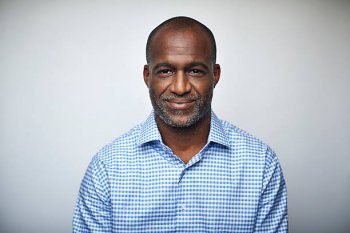TIPS for Digital Camera Group |
 |
| Prev Tip | Next Tip |
Composition 13 - Portrait Photography
|
Assuming you have read the previous tips, let's see how we can apply some of those tips to portrait photography as discussed by one of our special guests,
Rob Bickford.
|
|
|
First Impressions When you look at a portrait photograph, the first thing most people do is look at the eyes. The next thing they typically do is follow where the eyes are looking, and if they are not directed out of the photo they will then start to look at other aspects of it. It is therefore important to ensure the eyes are correctly positioned for your photograph. |
 |
|
Lazy Eye (Amblyopia) While most of us may be aware that some portrait shots taken of us look a lot better than others, we may not have stopped to ponder why that is. One of the most common reasons can be attributed to our lazy eye - most of us have one, and according to our guest those that don't are dubbed "top models" because they can be photographed from any angle. In most cases, the best results are obtained by bringing the lazy eye to the front so that the other eye follows it. |
 |
|
Controlling the Pose When someone is posing for a portrait photograph, the default position they will typically assume is square on to the camera and looking directly at it. This is where the photographer must take control, and position the subject accordingly, taking into account their lazy eye and gender. Different poses are required for males and females - most photographers seem to have their favourite poses.... Do you have one? |
 |
|
Group Photos There are many ways to organise a group photograph, rather than just positioning people in a line or in rows, and it often depends on the nature of the group and how formal the group is. In most instances you may need to move people about to create a good balance, One of the important things to consider is avoiding having people dressed in primary colours near the front of the group. |
 |